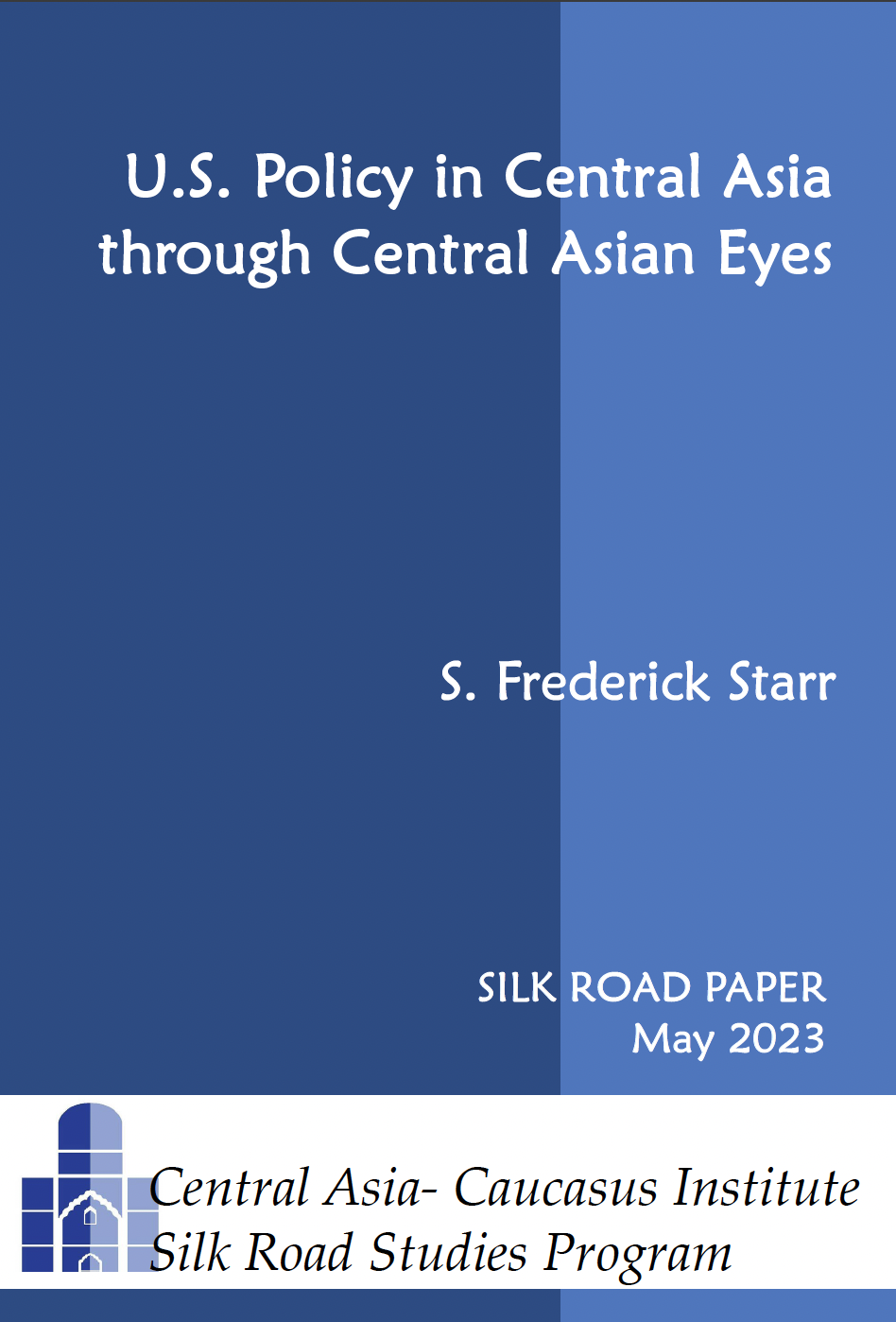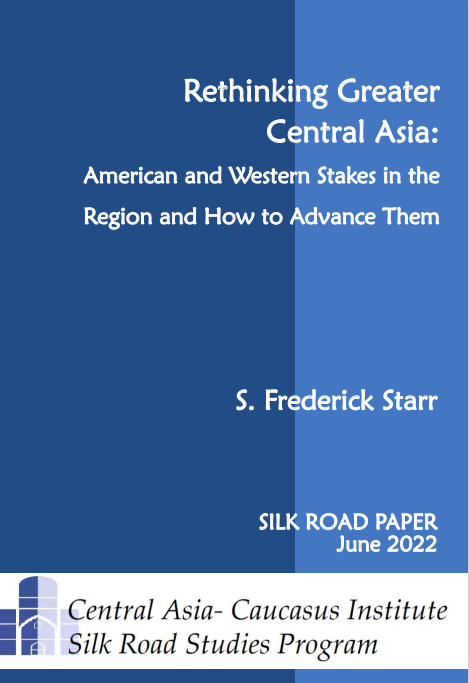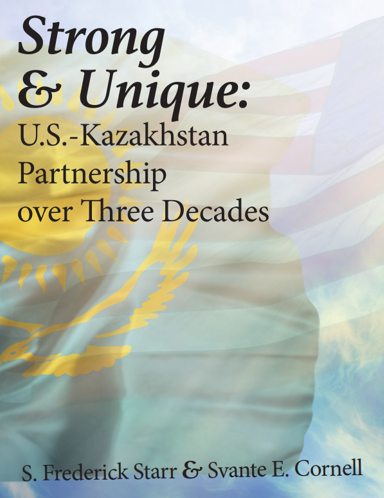EU's Southern Gas Corridor still lacks strategic approach
By Najia Badykova
March 30th, 2016, The CACI Analyst
On February 29, 2016, the Southern Gas Corridor Advisory Council met in Baku for the second time and asserted that the diversification of EU energy sources remains a key component of the Union’s energy security policy. But the project faces serious hurdles. After many years of discussions with potential gas suppliers, Brussels has only been able to secure 10 billion cubic meters (bcm) of Azerbaijani gas per year for the corridor, a tiny fraction of EU members’ needs. Without securing significantly larger new gas supplies, it will be difficult economically and politically to justify such a large and expensive infrastructure project. While EU officials continue to assert their commitment to the corridor, it is unclear whether Brussels is moving toward the pragmatic approach necessary to secure more gas for the scheme or if we are only witnessing further rhetoric from bureaucrats.
Russia-Tajikistan antiterrorist exercises: strategic messaging
By Roger N. McDermott
March 28th, 2016, The CACI Analyst
Russia’s and Tajikistan’s joint antiterrorist exercise on March 15-20 involved five Tajik training ranges, and showcased bilateral security cooperation. The exercise seemed routine, consistent with each country’s national security concerns; however a number of factors coalesced on Moscow’s planning and deployment side to make it both unique and potentially revealing. Buoyed by its recent experience of military conflict in Ukraine and Syria, Russia’s Armed Forces display increased confidence in supporting a more pro-active Russian foreign policy posture. The elements it deployed in Tajikistan for the exercise contain strategic messages for the benefit of other actors and Russia’s potential adversaries in Central Asia: for regional governments the message is one of reassurance and renewed confidence.
Turkmenistan advances westward natural gas export
By Natalia Konarzewska
March 25th, 2016, The CACI Analyst
In late December 2015, Turkmenistan officially announced the completion of the East-West gas pipeline. This 773 kilometer route with an annual capacity of 30 billion cubic meters (bcm) will connect natural gas from fields located in eastern Turkmenistan to those along its Caspian Sea coast, with the potential of further transfer via the Caspian Sea and onward to the Turkish and European markets. The construction of the pipeline is complementary to Turkmenistan’s current strategy for gas exports. Ashgabat seeks broader export opportunities in Turkey and Europe to reduce its dependence on Russia and China as major gas export outlets. However, despite positive political shifts, which might enhance Turkmenistan’s energy cooperation with Turkey, Azerbaijan and the EU, several obstacles remain to the westward transfer of Turkmenistan’s gas.
Russia's new gambit: sharing intelligence with the Taliban
By Stephen Blank
March 15th, 2016, The CACI Analyst
For years, Moscow has fulminated against the Taliban as a terrorist force that represented a threat not only to Afghanistan’s security but also to Central Asia and even to Russia itself. Yet news surfaced in December that Russia is sharing intelligence with the Taliban and apparently has been in discussions with it since 2013. According to U.S. intelligence sources, these discussions have also been accompanied by weapons transfers. Thus, while Russia is constantly, along with Central Asian leaders, playing up the ISIS threat and selling weapons to the Afghan government, it also shares intelligence and possibly sells weapons to its Taliban adversaries. These contradictions expose some of the problems in Russia’s regional policies in Central Asia and in its approach to terrorism.
Moscow's agenda in Central Asia and the Caucasus: it is official
By Richard Weitz
March 18th, 2016, The CACI Analyst
The states of Central Asia and the South Caucasus are in for a rough ride if recent Russian national security documents and speeches genuinely represent the Kremlin’s worldview. Not only do these texts veto their membership in NATO, but they exclude mutually profitable partnerships for these countries with the European Union and other Western institutions, constrain their domestic development, and encourage the suppression of civil liberties by warning of fictitious Western plots to change their regimes under the guise of democracy promotion and human rights.










 Book S. Frederick Starr and Svante E. Cornell,
Book S. Frederick Starr and Svante E. Cornell,